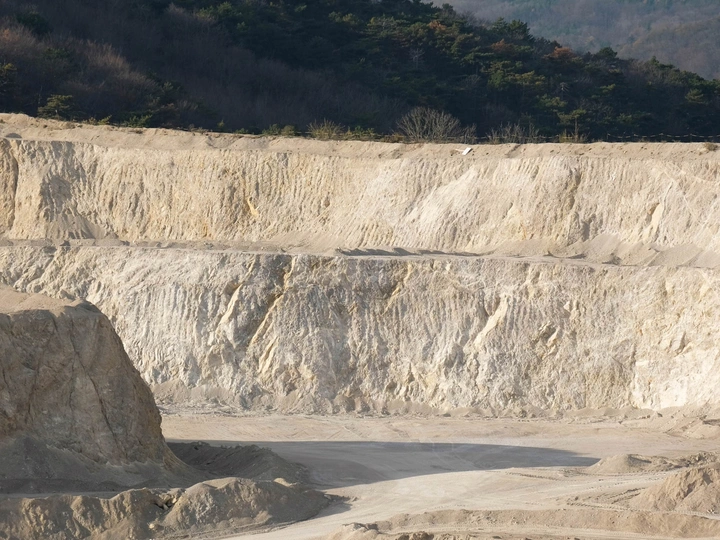Quarries - Wounds in the landscape

background //
My name is Tatjana and I recently graduated with distinction my master in architecture at the TU Vienna. I've been working as a student assistent at the university for two years - first as the assistent to the dean and then as a tutor in teaching and research. Besides that I've gained experience working in architecture offices.
achievements //
I curated an exhibition of my diploma thesis in an art space.
My project has been selected to be shown at the "Archdiploma" exhibition in November 2025 from the TU Vienna which includes the best diplomas of the last two years.
In July I was invited to the "La Roche Continents" to the LUMA in Arles. A program to explore and promote ways of collaborative work through out science and art.
Interest //
Since the construction and building sector causes so much damage to the environment but is at the same time essential to our human lifes we need to put in all the effort to change the current situation. To do so I believe that we need to takle the problems from as many disciplines and directions as possible and work collaborative towards a better architecture for humans as well as for the environment.
Mineral building materials are essential components of architecture, but their origin and the effects of their extraction often go unnoticed. This work examines quarries not only as a source of materials, but also as a symbol of human intervention in the environment. By combining architecture and art history, the significance of finite resources for the construction industry is analysed and reflected upon.
The first part of the thesis analysed artistic works that critically question and clarify the topic. The works White Oil by Judy Price, Blast by Naoya Hatakeyama, The Column by Adrian Paci and The Marble Series by Tom Hegen illustrate the ecological and social consequences of material extraction. Art takes on a mediating role here and makes it clear that the extraction of material from the earth is not only a resource for building materials, but also an injury, a wound in the environment. The artistic works question the handling of these resources, thematize the environmental damage caused and encourage reflection on their use. In this way, art becomes a medium that creates awareness and promotes a deeper appreciation of the origins of architectural materials.
The second part of the thesis focused on the specific use of resources in Vienna. Quarries that supply Vienna in particular with building materials are analysed, revealing the interaction between urban building culture such as careless demolitions and the resulting effects on the landscape. Based on the findings of the analysed artworks, a separate artistic project in the form of sculptures and photography was created to make the content visually accessible. Finally, the work aims to show the extent to which art can contribute to sensitising people to a more conscious use of building materials in order to ultimately promote a more sustainable use of the earth‘s resources.
(Diploma thesis at the TU Vienna)